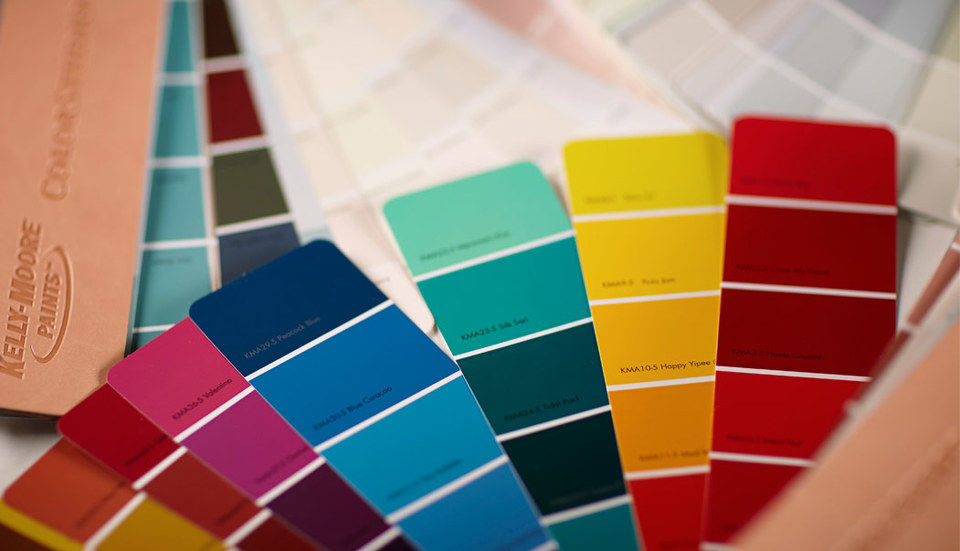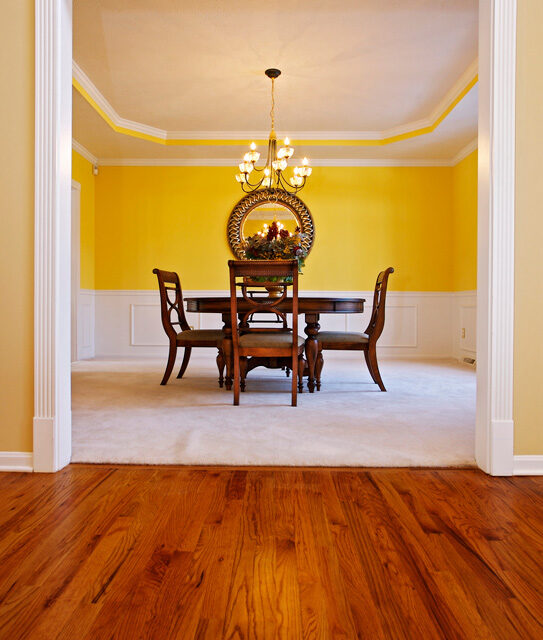Here are some basic interior paint color tips that can help you find that special color for your interior rooms and walls. These tips are also applicable to exterior house painting:
The color you have chosen currently merits a question to ask yourself: Is it a wall color that really suits my personality and the mood of my home or room?
Have you considered the furnishings and décor of that room and the effects a certain color will have on it?
Perhaps, you like a bold wall color, which is great for showcasing a special piece of artwork, or to complement some beautiful cabinets. Another consideration is the color of the woodwork or the color of your existing wood floor. Greens go well with wood floors.
These are all things one should take into consideration when picking a color.
What is the focal point of the room? For example, if it’s a gorgeous Oriental rug, you might choose to paint a color that is something neutral or low-key to accent the rug.
Which Direction Does Natural Light Fills’ Your Room
Do the windows face north or east? If so, the light will look cool. If the windows face from south to west, it is usually creates warm tone.
To achieve a balance, try using colors that have an opposite tone of the light mentioned above. Try a warm tone color for a room facing north to east and a cool tone for southwest window rooms.
To make things easier, you can always sample a color before actually painting a whole room. Take your time, get a quart, paint a large area of the wall, and another contrasting area. Then, take a few days to see the color during different times and different lights during the day. Then make the decision if you like it, or want to darken it or lighten it by taking it back to the paint store.
Bright color concerns
Caution should be exercised when using bright colors. While they can enhance the mood, they also have the potential to accentuate imperfections like spills, stains, and nicks that may appear over time.
When opting for accent wall colors, it’s advisable to select shades or tones that are similar.
Choosing an accent color that is completely different from the other walls might result in a lack of cohesion or blending with your overall design scheme.
Photo credit: Andrew Morrell Photography / Foter / Creative Commons Attribution




